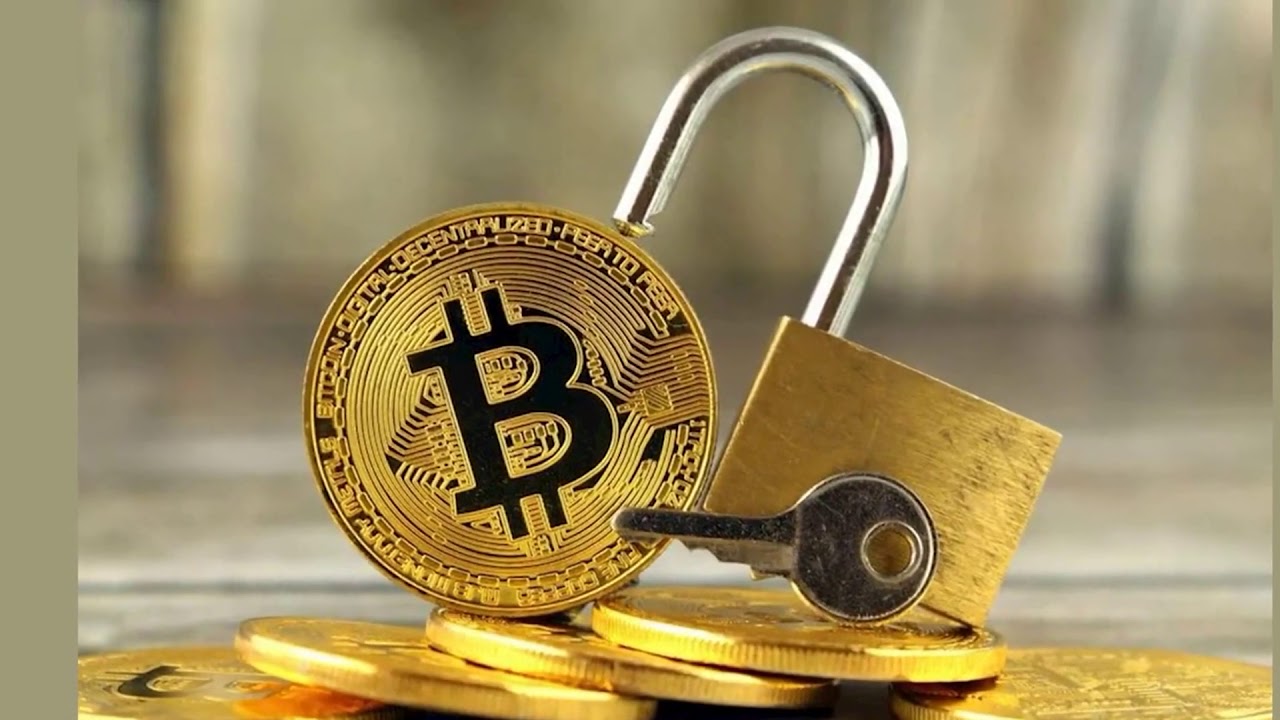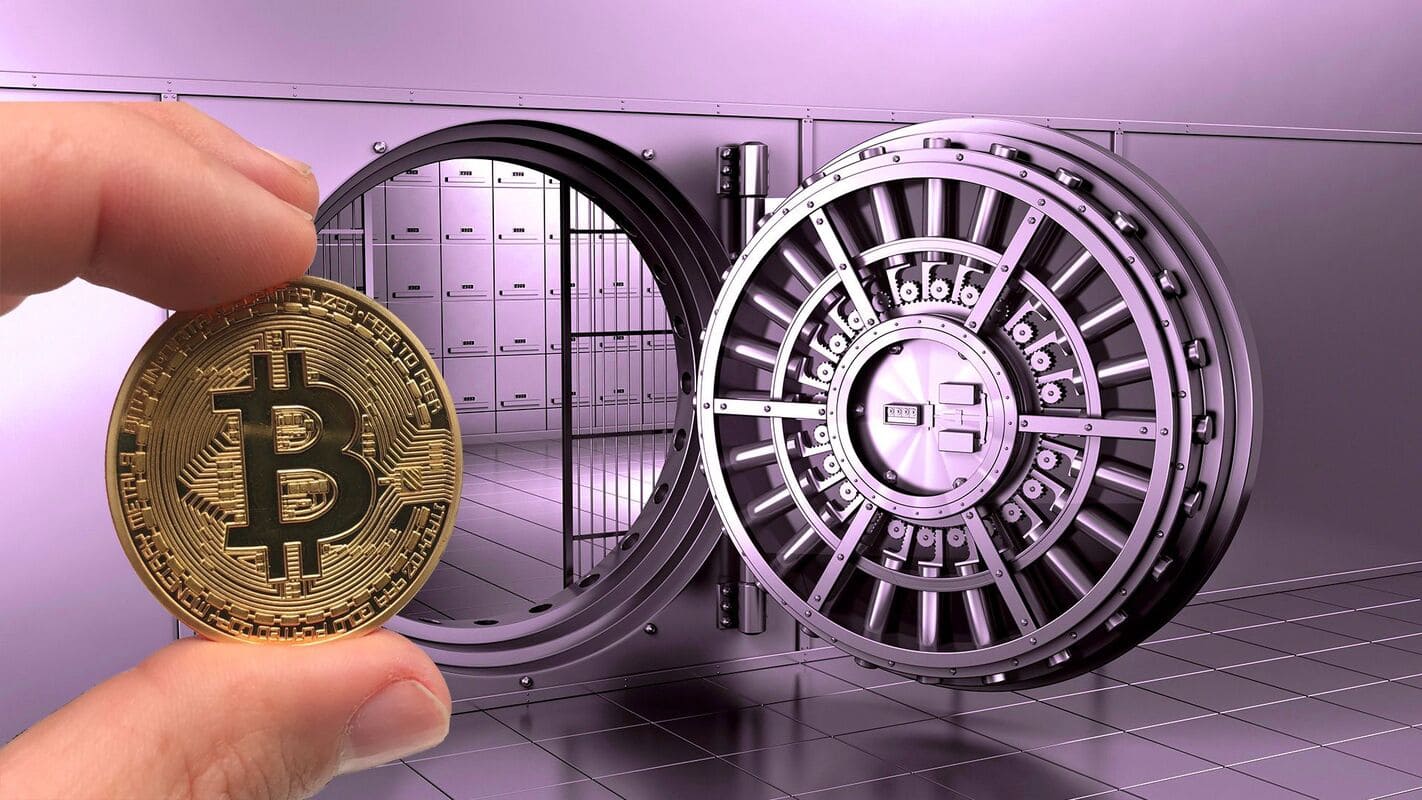Essential Tips for Beginners on Storing Bitcoin BTC Safely

In the rapidly evolving landscape of cryptocurrency, the importance of protecting one’s digital wealth cannot be overstated. As more individuals explore the realm of virtual currencies, the necessity for robust measures to safeguard these assets has become paramount. This segment delves into effective strategies for maintaining the integrity of virtual currencies, ensuring that hard-earned investments remain shielded from potential dangers.
With various methods available for enhancing security, it’s crucial to understand the risks associated with each approach. From digital wallets to hardware solutions, the options can be overwhelming for those who are just embarking on this financial journey. By familiarizing oneself with best practices and the tools at hand, individuals can take informed steps to bolster the protection of their financial interests.
Emphasizing the significance of awareness and active participation in security practices is essential. As the digital currency ecosystem grows, so too do the threats that accompany it. Staying informed and implementing effective strategies can create a safer experience, allowing enthusiasts to engage with confidence in the world of virtual finance.
Understanding Bitcoin Storage Options
In the world of digital currencies, choosing the right method for keeping your assets secure is crucial. The various alternatives available each come with their own set of benefits and challenges, impacting both accessibility and protection. Knowing these options empowers individuals to make informed decisions based on personal preferences and security needs.

Hot Wallets are convenient choices that allow for quick access and transactions. These wallets are connected to the internet, making them user-friendly for daily exchanges. However, this connectivity may expose them to certain vulnerabilities.
On the other hand, Cold Wallets provide enhanced security as they are not connected to the internet. This makes them less susceptible to hacking attempts and online threats. These options are particularly appealing for those looking to hold their assets long-term.
Additionally, Hardware Wallets stand out as physical devices designed specifically for managing digital holdings. They combine the benefits of cold storage with portability, allowing users to safely transport their assets while minimizing the risk of online exposure.
Lastly, Paper Wallets offer a unique method by generating physical copies of your keys. While free from digital threats, this approach requires careful handling to prevent loss or damage, underlining the importance of effective management.
Ultimately, understanding these storage options enables individuals to tailor their strategies to best fit their unique circumstances, balancing security with convenient access.
Importance of Security in Cryptocurrency
In the ever-evolving world of digital currencies, ensuring the protection of assets has become paramount. The decentralized nature of these financial instruments offers numerous advantages, but it also exposes holders to significant risks if proper precautions are not taken. As more individuals and institutions venture into this space, understanding security measures becomes essential for safeguarding investments and maintaining trust in the technology.
Common Threats to Digital Assets
Various vulnerabilities exist within the cryptocurrency ecosystem that users must be aware of. Understanding these threats is crucial for implementing adequate protection protocols. Below is a table outlining some prevalent risks and their implications:
| Threat | Description |
|---|---|
| Phishing Attacks | Fraudulent attempts to obtain sensitive information by masquerading as a trustworthy entity. |
| Malware | Software designed to gain unauthorized access or cause damage to systems, potentially leading to asset theft. |
| Exchange Hacks | Breach of cryptocurrency exchanges, where hackers exploit system vulnerabilities to access users’ funds. |
| Weak Passwords | Inadequate passwords can easily be guessed or cracked, opening doors to unauthorized access. |
Best Practices for Enhanced Protection
To mitigate risks associated with digital currencies, individuals should adopt a proactive approach to security. Employing advanced strategies can significantly enhance the safeguarding of virtual assets. Key practices include using hardware wallets, enabling two-factor authentication, and being vigilant of phishing scams. By integrating these methods into daily habits, users can establish a more secure environment conducive to prosperity in the cryptocurrency realm.
Choosing the Right Wallet Types
When it comes to managing digital currency, selecting an appropriate wallet is crucial for ensuring security and ease of access. With various options available, understanding the distinctions between these storage solutions can help users determine which aligns best with their needs and preferences.

There are primarily three categories of wallets, each offering unique features and varying levels of protection:
- Hot Wallets: These are connected to the internet, making transactions quick and convenient. However, their online nature poses security risks.
- Cold Wallets: These are offline storage methods, offering enhanced security by keeping digital assets away from potential online threats. They may be less convenient for frequent transactions.
- Hardware Wallets: These are physical devices designed to store private keys securely. They balance security and accessibility, making them a popular choice for many users.
Each wallet type has its own strengths and weaknesses, and users should evaluate their circumstances to make an informed decision:
- Assess your frequency of transactions.
- Consider the amount of digital currency you intend to hold.
- Think about your technical expertise and comfort level with technology.
- Evaluate the importance of security versus usability in your overall strategy.
By carefully weighing these factors, individuals can select a wallet type that meets their specific requirements and enhances their management experience in the digital currency space.
Cold vs. Hot Storage Explained
When it comes to managing digital assets, understanding the distinctions between various storage methods is crucial. Each approach comes with its own set of advantages and drawbacks, influencing the security and accessibility of your holdings. This section delves into the two primary methods of asset storage, highlighting their features and considerations.
- Hot Storage:
This method refers to assets kept on devices connected to the internet. While it offers convenience for transactions and accessibility, it also presents heightened risks.
- Access anywhere with internet connectivity.
- Faster transactions.
- Greater exposure to potential cyber threats.
- Cold Storage:
In contrast, cold storage involves keeping assets offline, promoting enhanced security measures for long-term holding. This strategy is well-suited for individuals who prioritize protection over immediate access.
- Increased security against online attacks.
- Ideal for long-term investment strategies.
- Less convenient for quick transactions.
Choosing between these two storage methods ultimately depends on individual needs and goals. A balanced approach may involve employing both strategies to optimize security while maintaining necessary access levels.
Best Practices for Password Management
Effective management of access credentials is crucial for maintaining the security of digital assets. In a world where cyber threats are ever-evolving, understanding how to create, store, and change passwords can significantly reduce the risk of unauthorized access.
Use Strong and Unique Passwords: Create complex passwords that combine letters, numbers, and symbols. Avoid using easily guessable information such as birthdays or names. Each account should have a distinct password to prevent a single breach from compromising multiple accounts.
Employ a Password Manager: Consider utilizing a password management tool to generate and store credentials securely. These applications encrypt your information and simplify the process of accessing various accounts without the need to remember each individual password.
Enable Two-Factor Authentication (2FA): Implementing 2FA adds an additional layer of security. By requiring a second form of verification, such as a text message or authentication app, you significantly decrease the chances of unauthorized access, even if your password is compromised.
Regularly Update Passwords: Periodically changing your access credentials is a prudent strategy. Set reminders to update passwords every few months, especially for sensitive accounts, and immediately change them if you suspect any potential security breaches.
Be Wary of Phishing Attempts: Always be vigilant for emails or messages requesting your credentials. Verify the source before clicking on links or providing information, as these tactics are commonly used by cybercriminals to gain access to accounts.
Regular Backups: Why They Matter
In the ever-evolving landscape of digital assets, maintaining copies of crucial information plays a pivotal role in ensuring security and peace of mind. These duplicates serve as a safety net, allowing users to recover valuable data in case of unexpected events or technical failures. Consistent backing up of important files is not just a precaution; it is an essential practice for anyone engaged in the management of digital assets.
One of the primary reasons to create frequent backups is the protection against loss. Accidental deletions, hardware malfunctions, or even cyberattacks can jeopardize access to important data. By having recent backups on hand, individuals can swiftly restore their information and minimize the impact of such incidents.
Furthermore, regular backups provide a sense of confidence. Knowing that there is a reliable plan in place to recover data fosters a proactive approach to asset management. This assurance can alleviate the stress associated with potential losses and empower users to engage more freely in their digital endeavors.

Lastly, establishing a routine for generating backups promotes good practices in digital asset management. It encourages individuals to regularly assess their storage methods and data integrity, which can lead to improved organizational skills and a better understanding of the technologies at play. By prioritizing this habit, users position themselves to navigate the complexities of the digital landscape with greater ease and security.
Q&A: A beginners guide to storing BTC
What are the safest methods for storing Bitcoin?
There are several safe methods for storing Bitcoin, and they can be categorized into hot wallets and cold wallets. Hot wallets are connected to the internet and are more convenient for frequent transactions. Examples include mobile apps and web wallets. Cold wallets, however, are offline and provide greater security, making them ideal for long-term storage. The most common types of cold wallets are hardware wallets like Ledger or Trezor, and paper wallets. For the highest level of security, many users recommend using a combination of both, keeping a portion of their Bitcoin in a hot wallet for easy access while storing the majority in a cold wallet.
What is a hardware wallet, and why is it considered secure for Bitcoin storage?
A hardware wallet is a physical device that securely stores your cryptocurrency offline. It is designed specifically for managing and storing cryptocurrencies, providing robust security features that protect your private keys from online threats. Unlike software wallets that can be vulnerable to malware or hacking, hardware wallets keep your private keys stored in a secure chip in the device itself, away from internet access. This isolation makes it extremely difficult for cybercriminals to access your funds. Popular hardware wallets include Ledger Nano S, Ledger Nano X, and Trezor. Using a hardware wallet is highly recommended for anyone who holds a significant amount of Bitcoin.
How do I create a paper wallet safely?
Creating a paper wallet involves generating a pair of cryptographic keys (public and private) and printing them on a piece of paper. To create one safely, follow these steps: 1. Use a secure environment: Make sure you generate the wallet offline, preferably on a device that isn’t connected to the internet or on a live operating system like Tails. 2. Visit a trustworthy service that can generate paper wallets, such as bitaddress.org or walletgenerator.net, after disconnecting from the internet. 3. Move your mouse around or type random characters to create entropy, enhancing the security of the generated keys. 4. Once the keys are generated, print them out securely, and do not save files on your computer. 5. Store the printed paper wallet in a safe place, such as a safety deposit box. Remember: if someone gains access to your paper wallet, they can access your Bitcoin, so keep it secure!
What are some common mistakes to avoid when storing Bitcoin?
When storing Bitcoin, beginners can easily make mistakes that compromise their security. Here are some common errors to avoid: 1. Using Weak Passwords: Always use strong, unique passwords for your wallets and accounts related to Bitcoin. 2. Not Enabling Two-Factor Authentication: Whenever possible, enable two-factor authentication for an added layer of security. 3. Keeping All Bitcoin in One Place: Diversify your storage methods by splitting your Bitcoin between hot and cold wallets. 4. Neglecting Backups: Regularly back up your wallet data and keys. Losing access to your wallet without a backup could mean the total loss of your funds. 5. Ignoring Software Updates: Keep your wallets and security software updated to protect against vulnerabilities. By being aware of these pitfalls and taking preventive measures, you can help secure your Bitcoin assets.
What is the best way to store Bitcoin securely and why?
The best way to store Bitcoin securely is by using a hardware wallet. Hardware wallets are physical devices that store your private keys offline, making them immune to online hacks and malware. By keeping your Bitcoin offline, you significantly reduce the risk of theft compared to software wallets, which are connected to the internet. For added security, it is recommended to store backup phrases in a safe, secure location and to never share your private keys with anyone. This ensures that only you can access and control your Bitcoin holdings.
How do Bitcoin transactions work and what is the role of a Bitcoin wallet in them?
Bitcoin transactions work by sending Bitcoin from one wallet to another through the Bitcoin blockchain. When you want to send Bitcoin, you use your Bitcoin wallet to create a transaction, which is then verified and recorded on the blockchain network. The Bitcoin wallet contains a public key, which acts as your wallet address, and a private key that allows you to authorize transactions. By using your private key, you can send Bitcoin to another wallet address. To receive Bitcoin, you simply provide your wallet address to the sender.
What are the main types of Bitcoin wallets and how do they differ?
The main types of Bitcoin wallets are hardware wallets, software wallets, and paper wallets. Hardware wallets are physical devices that store your private keys offline, offering the highest level of security. Software wallets are applications or programs that run on your computer or mobile device and store your private keys online. They are more convenient but less secure than hardware wallets. Paper wallets are physical documents with your private and public keys printed on them. They are highly secure if stored properly but can be easily lost or damaged.
What are the different ways to buy Bitcoin and how can you invest in it?
There are several ways to buy Bitcoin, including through exchanges, Bitcoin ATMs, and peer-to-peer (P2P) platforms. Cryptocurrency exchanges, like Coinbase or Binance, allow users to purchase Bitcoin using fiat currency or other cryptocurrencies. Bitcoin ATMs also enable the purchase of Bitcoin directly using cash or debit/credit cards. P2P platforms allow individuals to buy Bitcoin directly from other users. Once you’ve bought Bitcoin, you can store it in a secure Bitcoin wallet, hold it as a store of value, or use it for transactions.
How does Bitcoin mining work, and what is the role of mining in the Bitcoin network?
Bitcoin mining is the process of validating transactions and adding them to the Bitcoin blockchain. Miners use powerful computers to solve complex cryptographic puzzles, and when they successfully solve a puzzle, they are rewarded with newly minted Bitcoin. This process ensures the security and decentralization of the Bitcoin network by preventing fraud and double-spending. Mining also plays a crucial role in issuing new Bitcoin into circulation, with the total supply limited to 21 million coins. Mining requires significant computational power and energy consumption, making it an integral yet resource-intensive part of the Bitcoin network.


